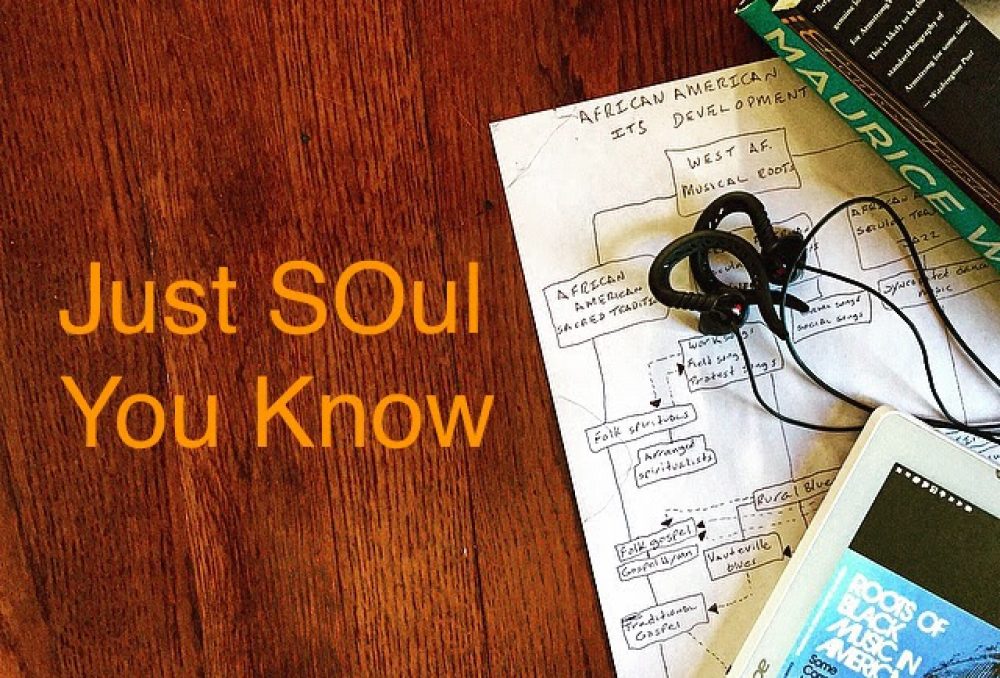 Isn’t it amazing we have celebrated Black Music Month for the past 33 years. Yes, 33 years! On June 7, 1979, after some convincing talks between music legend Kenny Gamble and Ed Wright and President Jimmy Carter, the first month long celebration began its 33 year reign with a White House concert.
Isn’t it amazing we have celebrated Black Music Month for the past 33 years. Yes, 33 years! On June 7, 1979, after some convincing talks between music legend Kenny Gamble and Ed Wright and President Jimmy Carter, the first month long celebration began its 33 year reign with a White House concert.
Every year since then America has set aside time and space to “recognizing and celebrating the economic and cultural power of Black music and those who made and promoted it.” The lasting legacy of Black Music Month is it serves as a stage to honor the most beautiful art form in America. But more succinctly it shines a light on a musical and rhythmic narrative of dispersed black bodies and an unyielding spirit in search of freedom in the throes of horrific tragedy.
Black music’s origins in America imbued it with a certain peculiarity, which allowed songs to be sung from enslaved bodies while simultaneously allowing their spirit to be free. Songs had the power to comfort the spirit in turmoil and ease the bounded body. This power of black music to ease the spirit is found in all genres of black music that ranged from work songs, spirituals, gospel, blues, to jazz, soul, rhythm and blues, funk, disco, and rap.
Black music not only served to release the spirit of black bound bodies but any bound body as well. By the early 20th century black music in the form of jazz served to release the spirit of economically challenged whites and Jews who felt constrained by the labor and social disparities of the day. Similarly, the mid 20th century witnessed the cross over appeal of “race music” to America’s youth who felt constrained and limited by their parents’ cultural and social expectations. Black music had the power to bring together cultures and create a dialogue of freedom amid the common embrace of rhythm. Sweet!
Having said all that, let’s take this and the next 3 weeks to critically listen to and examine black music from its earliest moments to today.
Some of the earliest forms of black music were formed in the workspace of the rice, cotton and tobacco fields of the South. Known as “work songs,” they helped to ease the physical rigors of labor on a plantation.
Over time, through Emancipation and Southern Reconstruction, work songs found their way into the prison complex at the turn of the 20th century. In the same way as field work songs did, prison work songs served to ease the intense physical and mental workload of the bound prisoner. More importantly prison work songs served to create verse and rhythm, which facilitated a concerted effort of labor. Prison work songs were most common and effective in the “chain gang” (a group of prisoners chained/shackled together to thwart off a running escape). Take a listen to the following samples of prison work songs and consider the power in their ability to ease labor and free ones spirit.
To be continued . . .


